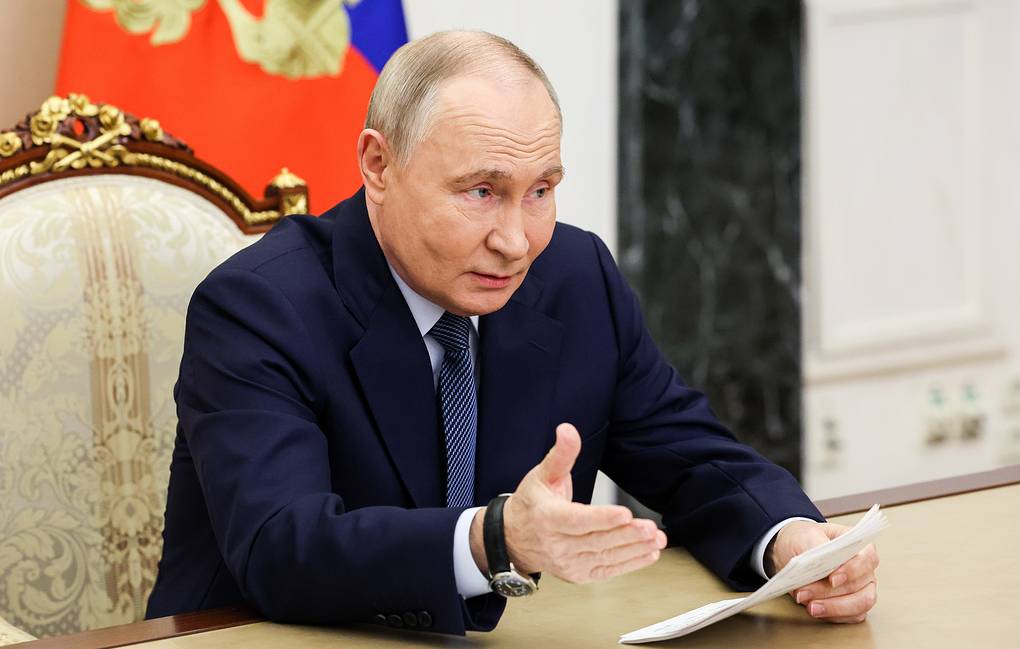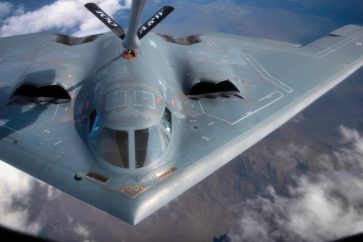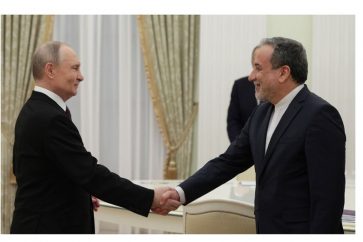Russia’s Oreshnik hypersonic intermediate-range ballistic missile system is not an upgraded version of previous versions dating back from the Soviet times, and it is in the line of the latest and modern developments, Russian President Vladimir Putin said on Friday.
“The Oreshnik system has nothing to do with the modernization of the old Soviet systems,” Putin said.
“It is obvious that we were all raised watching various systems of the Soviet Union operating, we were all brought up on what was done by previous generations, and to a certain extent we used their results,” Putin said.
“However, this system is indeed the prime result of your work, the work that was done in Russian times, under the conditions of the new Russia, it was waged on the basis of modern, latest developments,” Putin said addressing the meeting with the Defense Ministry executive board, representatives of the military-industrial complex and missile weapon designers.
The Russian Defense Ministry announced earlier in the day that the country’s latest Oreshnik intermediate-range ballistic missile hit all the targets at a major Ukrainian military-industrial enterprise in Dnepr (Dnepropetrovsk) with its MIRVed warheads.
“On November 21, 2024, in response to the use of American-and British-made long-range missiles against facilities on Russian territory, the Armed Forces delivered a combined strike on one of the Ukrainian military-industrial sites in Dnepropetrovsk. For the first time, the Oreshnik hypersonic intermediate-range ballistic missile with a non-nuclear payload was employed in combat conditions in the strike. The goal of the strike was achieved. All the warheads hit the facility,” the ministry said in a statement.
On November 19, Russian President Vladimir Putin signed a decree approving the Foundations of State Policy in the Field of Nuclear Deterrence, the country’s updated nuclear doctrine.
The fundamental principle of the doctrine is that the use of nuclear weapons is a measure of last resort to protect the country’s sovereignty.
The emergence of new military threats and risks prompted Russia to clarify the conditions for the use of nuclear weapons. In particular, the amended doctrine expands the range of countries and military alliances subject to nuclear deterrence, as well as the list of military threats that such deterrence is designed to counter.
In addition, the document states that Russia will now view any attack by a non-nuclear country supported by a nuclear power as a joint attack. Moscow also reserves the right to consider a nuclear response to a conventional weapons attack threatening its sovereignty, a large-scale launch of enemy aircraft, missiles, and drones targeting Russian territory, their crossing of the Russian border, and an attack on its ally Belarus.
Source: TASS News Agency




